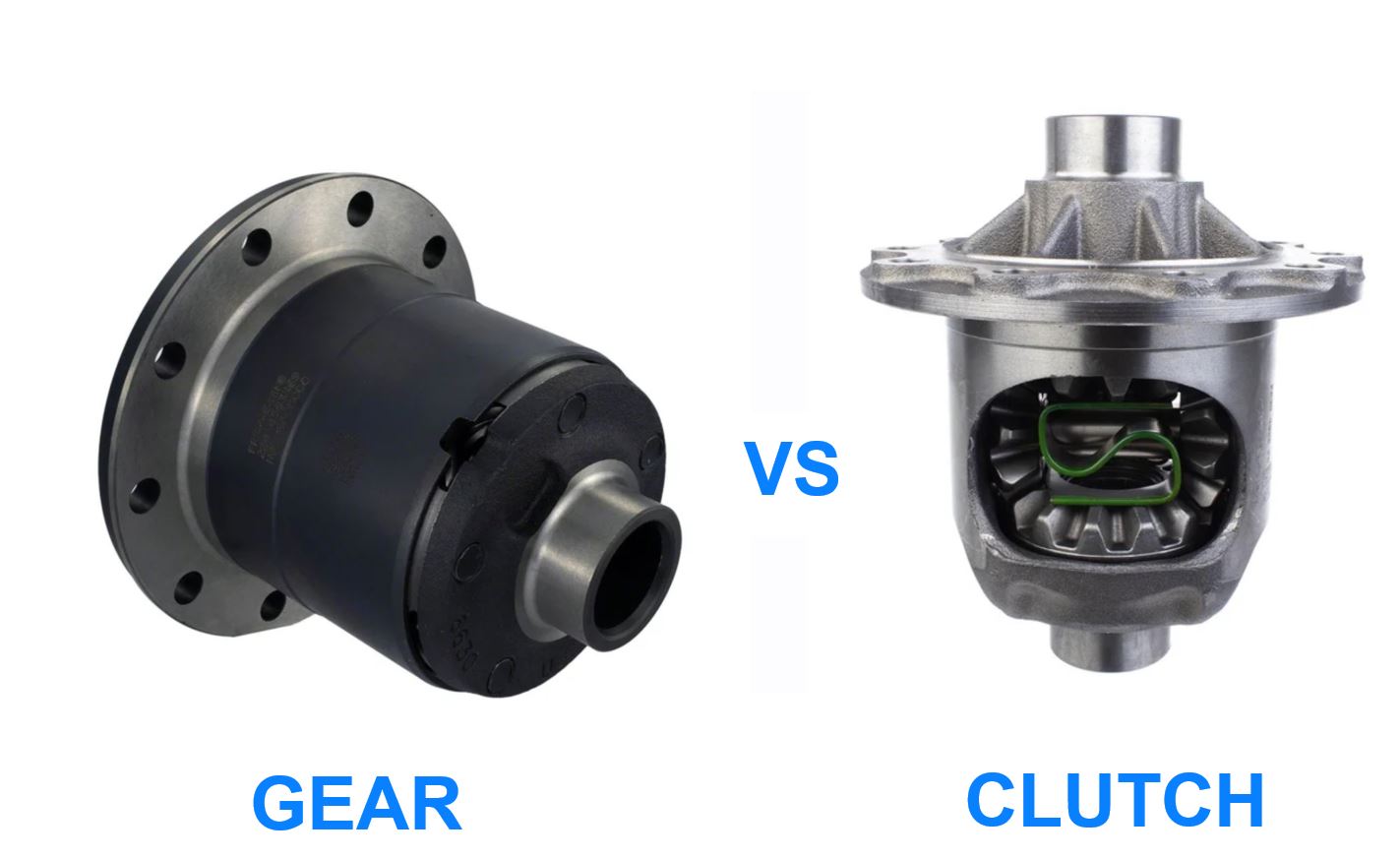
Let me take you back to the time I discovered my open diff was holding me back. I’d just finished a spirited run through Macquarie Pass—good tyres, stiff chassis, brakes dialled—and yet, every time I pushed out of a tight uphill bend, that inside wheel would light up like I’d just hit a patch of oil. Traction wasn’t just inconsistent—it was embarrassing. It felt like the car was begging for help. So, I dove headfirst into the world of limited-slip differentials.
And that’s when I realised—there’s more than one kind. Clutch-type and gear-type (torsen/helical) LSDs. Both promise better traction, but they do it in completely different ways. I’ve run both now, and trust me: how they behave can change the whole character of your car.
Clutch-Type LSDs
These are the classic, old-school-style units you’ll find in a lot of motorsport setups. They use friction plates (clutches) to lock the wheels together when there’s a difference in speed or torque between them. The more aggressive the setup, the harder they lock.
What that means on the road?
Immediate response. You feel them bite the moment you apply throttle, especially under load. It's like a mechanical handshake between the axles. That translates to serious drive out of corners and tons of rear-end stability.
But there’s a catch—they wear out. Over time, the clutches lose their bite and you’ll start to notice the diff getting lazier. You’ll either need to rebuild it or deal with the performance drop. Oh, and they can be a bit... abrupt. Dailying a car with a tight clutch diff? Get ready for some chatter and maybe the occasional head turn at low-speed parking lot clunks.
Gear-Type (Torsen/Helical) LSDs
These are clever. They use gears, not clutches, to manage torque distribution. When one wheel loses traction, the diff shifts power to the wheel with grip. It’s all torque biasing and magic inside a housing that never wears out the way a clutch diff does.
On the road, a gear-type LSD is smooth. Seamless. You almost don’t know it’s there—until you do. The torque transfer is more progressive, less aggressive. It’s perfect for fast road use or canyon carving where grip levels change constantly and you want the car to feel balanced.
Downsides?
They don’t work as well with a wheel completely off the ground or when traction is really lopsided—like one wheel on wet grass and the other on tarmac. In that case, they can’t bias torque if there’s none to bias. That’s where clutch diffs shine.
So What Did I Learn?
I ran a clutch-type LSD in my old turbo MX-5 track car. On corner exit, it felt like the rear was glued down. Tight. Predictable. But driving it to work in traffic? Brutal. It was like commuting in a race car that didn’t want to idle.
Then I swapped to a helical diff in my daily-driven BRZ. Whole different vibe. Quiet, smooth, but still sharp when I needed it. It didn’t bite as hard out of corners, but it never caught me off guard either. For a car that sees both twisty roads and Sydney traffic, it just made sense.
Final Verdict
-
Track rat, drift king, or power junkie? Go for a clutch-type LSD. You’ll love the immediate engagement and adjustability—just be ready for maintenance.
-
Street-driven performance car that sees spirited driving or mixed conditions? A gear-type LSD will give you most of the benefits without the drama.
At the end of the day, it’s like choosing between a scalpel and a multitool. Neither one is wrong—it just depends what you’re carving up.




